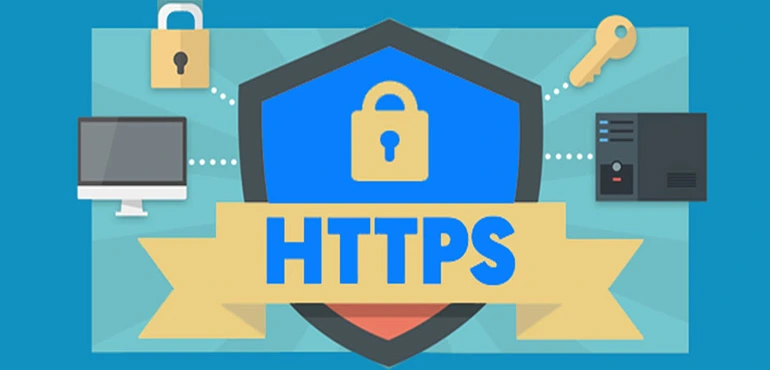The great Indian epic Mahabharata contains an incident involving the use of a type of secret talking. Duryodhana was planning to burn Pandavas alive and had made arrangements to send Pandavas to Varanavata. Vidura resorted to secret talk to warn Yudhishthira and used the language of Mlecchas about the dangers in front of everybody present. Only Yudhishthira could understand the secret message. None others even suspected that it was a warning.
Vedur thus said “One who knows will act so as to avoid danger. There is sharp weapon that can pierce the body, but is not made of iron. He who knows this is not killed and can turn it against the enemy. The burner of grass and the drier of dew do not kill animals in holes. He who protects himself through knowledge lives. The blind man does not see the way, because the blind man has no sense of direction. He who does not have perseverance is never prosperous. Know this and be alert. He, who accepts an ironless weapon from the untrustworthy, can escape the fire like a porcupine. Through travelling, a man gets to know the way and from the stars can deduce the directions. He, who keeps five under self-controls never oppressed by the enemy.”
Yudhishthira’s mother Kunti clueless about their conversation asked him about Vidur’s message in private. Yudhishthira replied, “Vidur said that there is danger from poison and fire and that there should be no path that I do not know. He told me the man who is self-controlled wins the entire world”. The rest is myth how Pandavas saved their lives in Varanavata Lakshyagriha.
During British rule in India, a very famous Odia Poet the manager to King of Keonjhargarh, Fakir Mohan Senapati was detained by a rebel leader Dharanidhar. Fakir Mohan was very smart and witty however in captive he was helpless with all his moves closely monitored by the mutineers. Fakir Mohan wanted to seek help from outside and pass a message that would look innocuous if intercepted by rebels.
So he asked the rebels to write a letter to his close friend “Dear Bholanath. Send me 100 betel and 200 betel nuts to the Queen’s son Dharanidhar, who is a great fan of betel. Irrigate the sugarcane fields by watering from North. Otherwise, you will lose the entire field.” When the letter was read out before Dharanidhar he has very happy that Fakir Mohan ordering some betel for him and recognizing him as the legitimate heir to the throne, so he sent the letter to the addressee Bholanath. On receiving the letter Bholanath was clueless as he was not aware of any sugarcane field and why would Fakir Mohan ask for betel. So after consulting many people he finally reached out to Barrister Madhusudan Das. Being a very learned person he could understand this letter was meant for him only and he deciphered the letter. He arranged for 100 guns and 200 bullets to attack the palace from North to rescue Fakir Mohan from the rebel captors and crush the mutiny.
Non-of-these stories are back stories of Cryptography but impressions of earlier existence of such a technique where a message is read only by the intended recipient.
In Europe people used to hang (drop) from the building eaves in order to listen to private talks among elites, nobles and royal families. Eavesdropping is relevant even today being empowered with technology. Telephone voice calls or data sent over communication channels can be intercepted, accessed, and even modified. Here comes the role of encryption, end-to-end encryption prevents unauthorized interception, access and modification of message and establishes a secured connection among the sender and recipient.
SSL stands for Secure Sockets Layer and, in short, it’s the standard technology for keeping an internet connection secure and safeguarding any sensitive data that is being sent between two systems, preventing criminals from reading and modifying any information transferred, including potential personal details. The two systems can be a server and a client (for example, a shopping website and browser) or server to server (for example, an application with personal identifiable information or with payroll information).
It does this by making sure that any data transferred between users and sites, or between two systems remain impossible to read. It uses encryption algorithms to scramble data in transit, preventing hackers from reading it as it is sent over the connection. This information could be anything sensitive or personal which can include passwords, credit card numbers and other financial information, names and addresses.
TLS (Transport Layer Security) is just an updated, more secure, version of SSL. We still refer to our security certificates as SSL because it is a more commonly used term, but when you are buying SSL from DigiCert you are actually buying the most up to date TLS certificates with the option of ECC, RSA or DSA encryption.
HTTPS (Hyper Text Transfer Protocol Secure) appears in the URL when a website is secured by an SSL certificate. The details of the certificate, including the issuing authority and the corporate name of the website owner, can be viewed by clicking on the lock symbol on the browser bar.


Leave A Comment